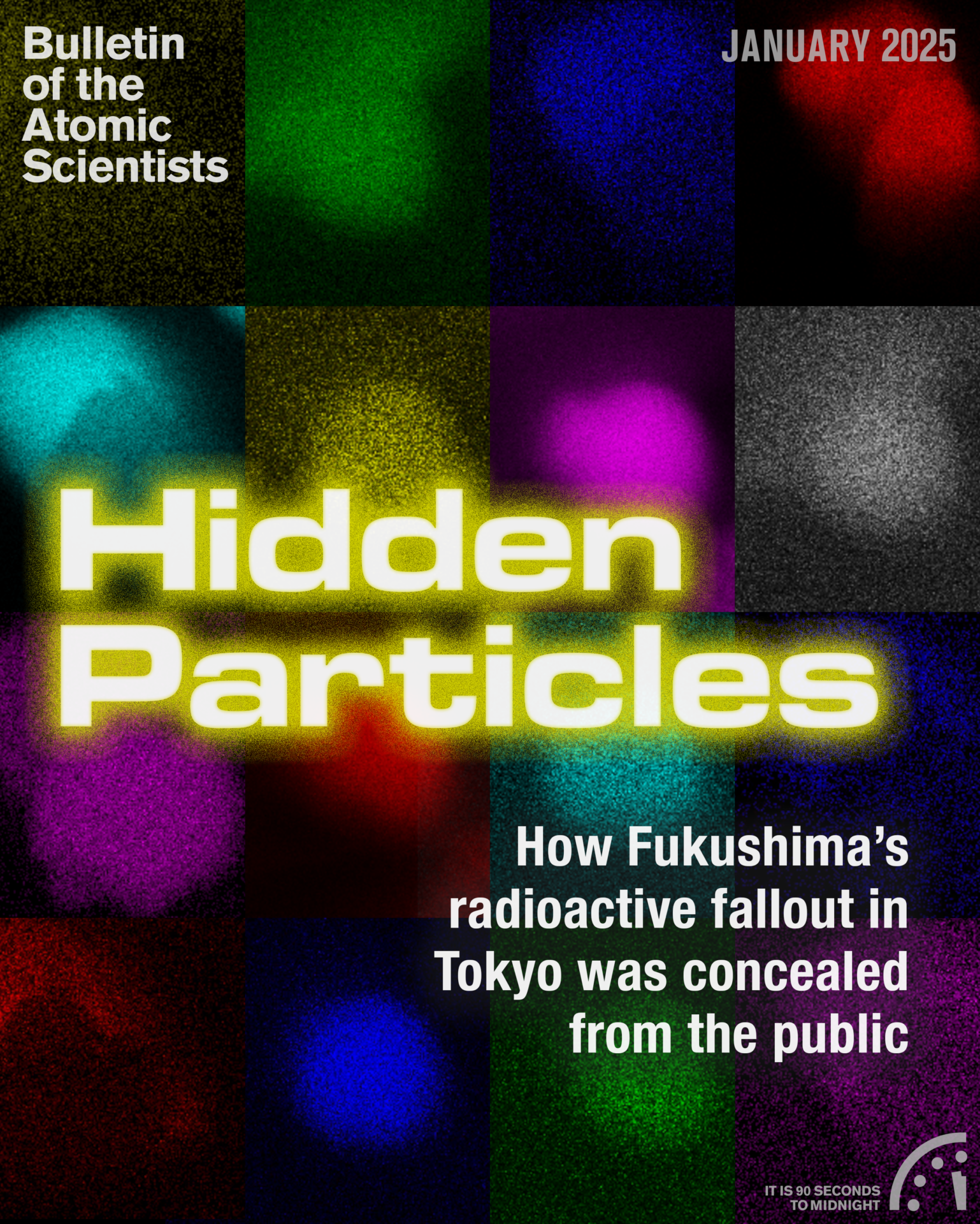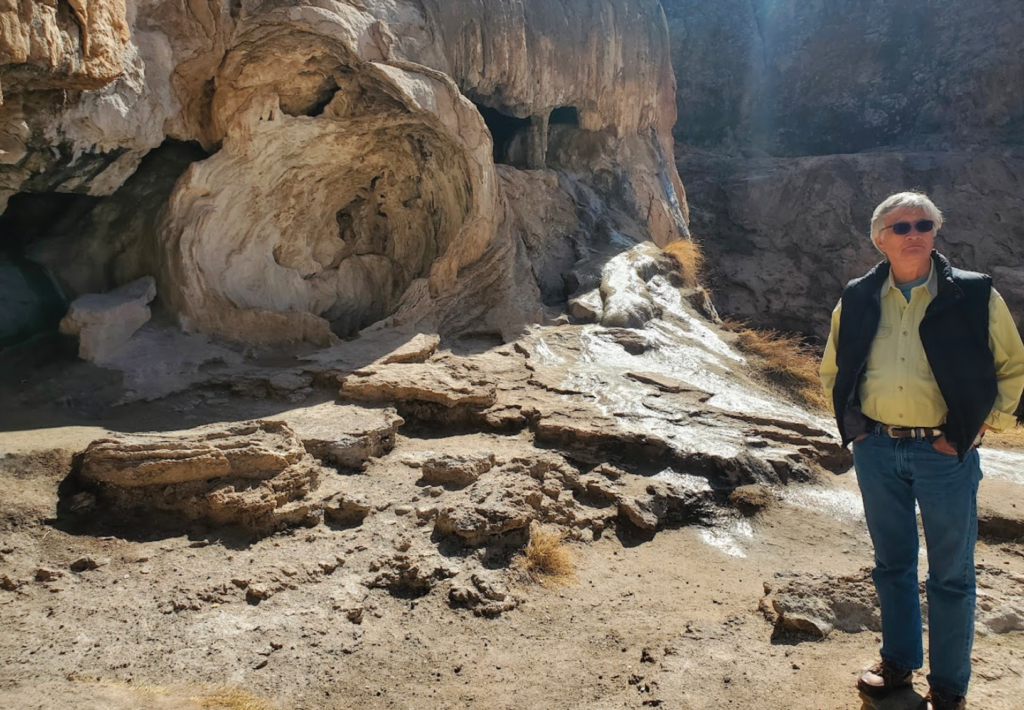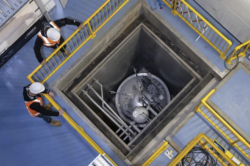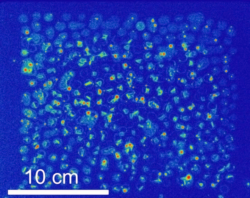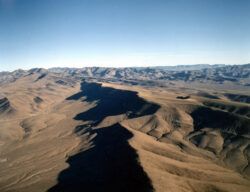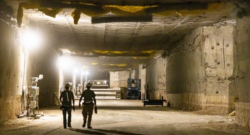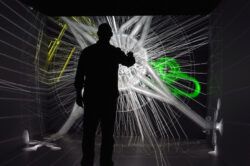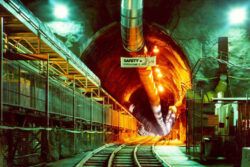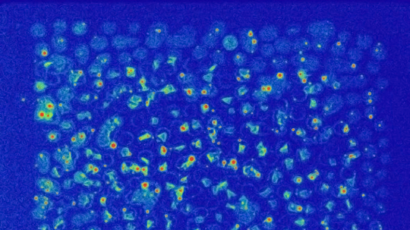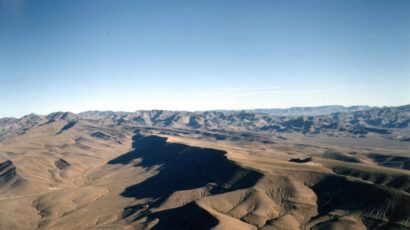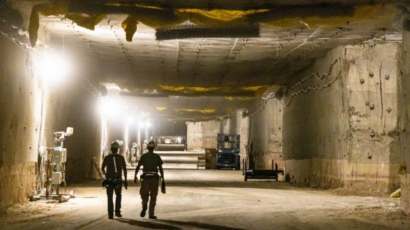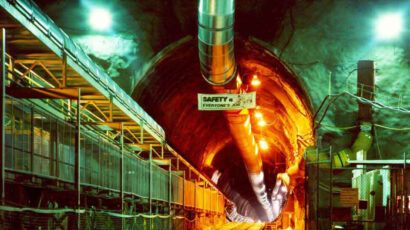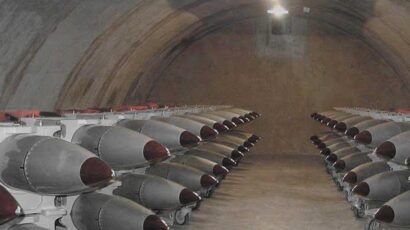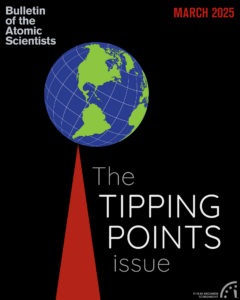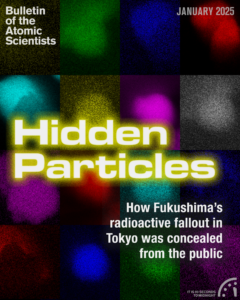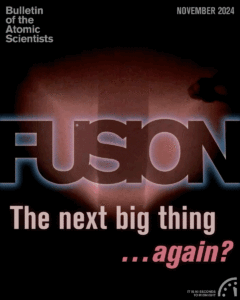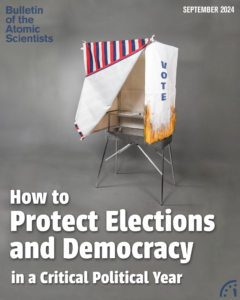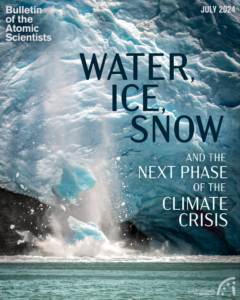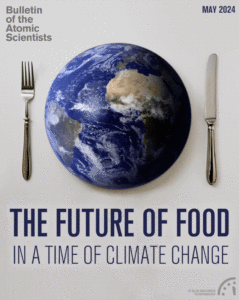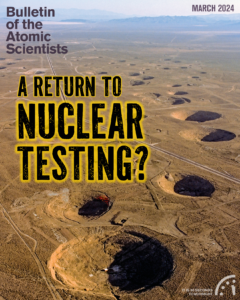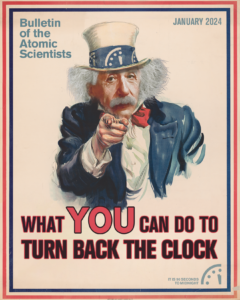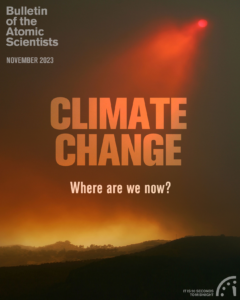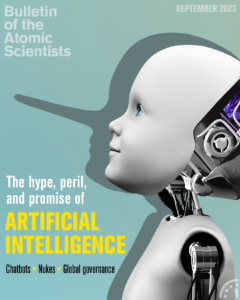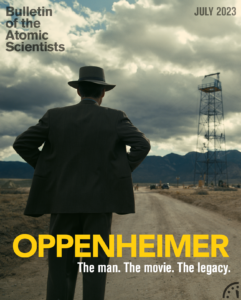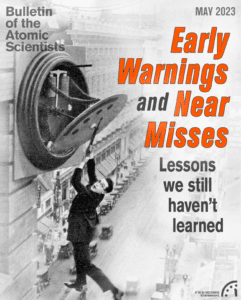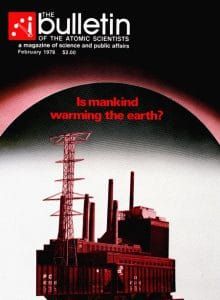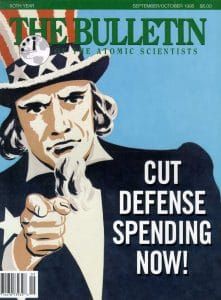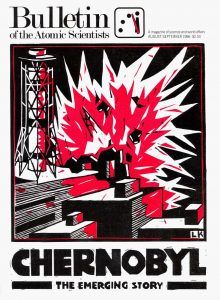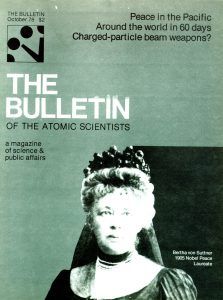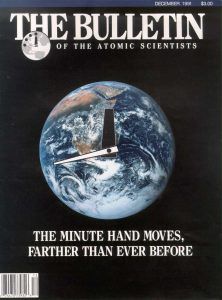DIGITAL MAGAZINE
January 2025
DIGITAL MAGAZINE
January 2025
January 2025
Introduction: The enduring risks and new challenges of nuclear materials: a special issue dedicated to Rodney C. Ewing’s scientific and policy contributions
To pay tribute to Ewing’s many contributions to the field, this issue of the Bulletin brings together some of his former collaborators to explore the enduring risks and new challenges of nuclear materials.
Glass and ceramic nuclear waste forms: the scientific battle
The scientific battle between which of two major classes of materials is the best option for immobilizing and disposing of high-level nuclear wastes goes back to at least the 1970s.
How Fukushima’s radioactive fallout in Tokyo was concealed from the public
When a Japanese radiochemist found very high concentrations of radioactive cesium microparticles in air samples from Tokyo, he worried immediately about public safety. But his research was kept from publication for years.
Becoming a responsible ancestor
Although the United States holds the largest inventory of high-level radioactive waste and spent nuclear fuel, it has no plans to permanently dispose of the material. Consequently, this generation has, by default, become irresponsible ancestors. But there is a strategy to change that circumstance.
Risks of geologic disposal of weapons plutonium
The US plans to bury its excess weapons plutonium at a geologic repository in southeastern New Mexico called the Waste Isolation Pilot Plant (WIPP). But WIPP was not originally designed to handle this inventory, raising questions about whether the repository can safely contain weapons plutonium for the thousands of years it remains a threat to the environment—while keeping it secure from illicit extraction and weaponization.
Small and advanced nuclear reactors: Closing the fuel cycle?
Small and advanced nuclear reactors are key to meeting future low-carbon dioxide energy demands, so much attention has been focused on the birth of these new technologies. But 70 years of nuclear energy generation tells us that not adequately considering the grave for these nuclear reactors leads to significant and unconstrained costs.
Final thoughts: The fragile connection of safety and science in the geological disposal of radioactive waste
Despite more than 50 years of research on the safety of geological disposal of radioactive waste, the research community has not achieved a clear understanding of repository safety. Scientists and repository experts need to increase their understanding of the overall system’s safety, especially the importance of redundancy in the multi-barrier concept of geological disposal to assure the isolation of radioactive waste from the environment over a very long time.
United States nuclear weapons, 2025
The United States has embarked on a wide-ranging nuclear modernization program. We estimate that it maintains a stockpile of approximately 3,700 warheads.
Glass and ceramic nuclear waste forms: the scientific battle
The scientific battle between which of two major classes of materials is the best option for immobilizing and disposing of high-level nuclear wastes goes back to at least the 1970s.
How Fukushima’s radioactive fallout in Tokyo was concealed from the public
When a Japanese radiochemist found very high concentrations of radioactive cesium microparticles in air samples from Tokyo, he worried immediately about public safety. But his research was kept from publication for years.
Becoming a responsible ancestor
Although the United States holds the largest inventory of high-level radioactive waste and spent nuclear fuel, it has no plans to permanently dispose of the material. Consequently, this generation has, by default, become irresponsible ancestors. But there is a strategy to change that circumstance.
Risks of geologic disposal of weapons plutonium
The US plans to bury its excess weapons plutonium at a geologic repository in southeastern New Mexico called the Waste Isolation Pilot Plant (WIPP). But WIPP was not originally designed to handle this inventory, raising questions about whether the repository can safely contain weapons plutonium for the thousands of years it remains a threat to the environment—while keeping it secure from illicit extraction and weaponization.
Small and advanced nuclear reactors: Closing the fuel cycle?
Small and advanced nuclear reactors are key to meeting future low-carbon dioxide energy demands, so much attention has been focused on the birth of these new technologies. But 70 years of nuclear energy generation tells us that not adequately considering the grave for these nuclear reactors leads to significant and unconstrained costs.
Final thoughts: The fragile connection of safety and science in the geological disposal of radioactive waste
Despite more than 50 years of research on the safety of geological disposal of radioactive waste, the research community has not achieved a clear understanding of repository safety. Scientists and repository experts need to increase their understanding of the overall system’s safety, especially the importance of redundancy in the multi-barrier concept of geological disposal to assure the isolation of radioactive waste from the environment over a very long time.
United States nuclear weapons, 2025
The United States has embarked on a wide-ranging nuclear modernization program. We estimate that it maintains a stockpile of approximately 3,700 warheads.
January 2025
Subscribe now
We've relaunched the Bulletin's award-winning digital magazine. Get access to every issue and our archive going back to 1945.
Magazine archive

Premium subscribers can read the complete Bulletin of the Atomic Scientists’ archive, which contains every article published since our founding in 1945.
This archive was created in honor of John A. Simpson, one of the Bulletin’s principal founders and a longtime member of its Board of Sponsors. This searchable archive provides exclusive online access to original interviews and commentary by luminaries like Albert Einstein, J. Robert Oppenheimer, Ruth Adams, John F. Kennedy, Stephen Hawking, Christine Todd Whitman, US Secretary of Defense William J. Perry, and multiple Nobel laureates.
